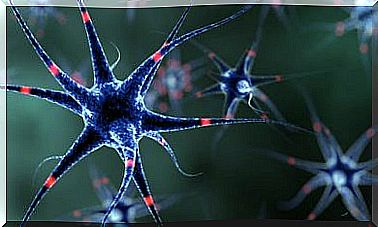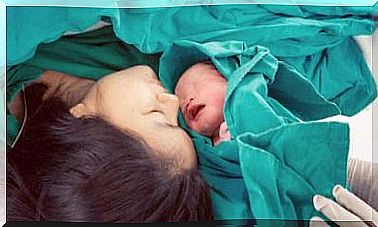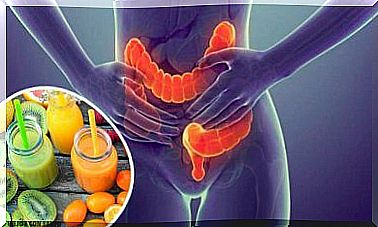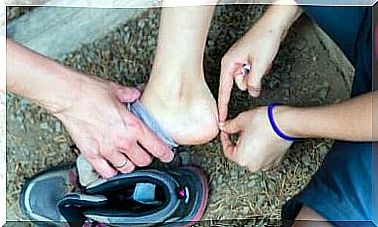Listeriosis: Transmission And Prevention
Listeriosis is a disease transmitted through food which mainly affects pregnant women, the elderly and the immunocompromised.
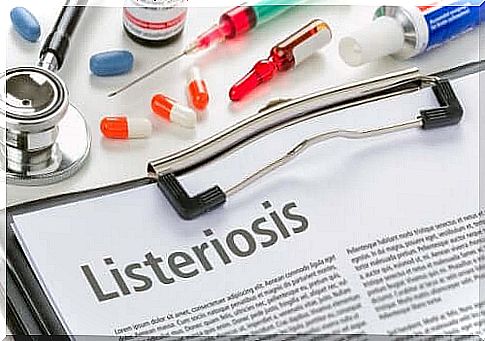
Listeriosis is currently on the agenda with recent news from the many people affected as a result of meat consumption in Spain. In addition, within the European Union, listeriosis has been on the rise since 2008 with higher mortality rates than those of other food-borne pathogens.
According to the European Food Safety Authority, it could be an emerging disease in Europe that is underdiagnosed. In Spain, it only entered the catalog of notifiable diseases until 2015. But the number of hospitalizations has increased considerably. This is why it is essential to know how the bacteria are transmitted as well as the means to prevent it.
What is listeriosis?
Listeriosis is a disease caused by the bacteria Listeria monocytogenes. It is a gram-positive bacterium capable of surviving in the presence and absence of oxygen. Its ability to grow at temperatures as low as 0 ° C allows it to multiply at normal refrigeration temperatures. This then increases its ability to escape the usual control measures on food processing.
People usually get sick after eating contaminated food. This disease mainly affects pregnant women, newborns, the elderly as well as patients with weakened immune systems.
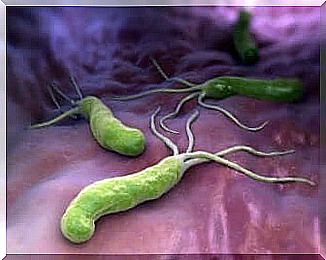
How is listeriosis transmitted?
This bacterium has an animal reservoir and is widely distributed in the environment. It can contaminate a wide variety of foods or drinks, as well as produce cross-contamination. It is one of the foodborne infections with the highest case fatality rate and disease burden, relative to the sequelae it can cause.
In the 1990s, outbreaks of listeriosis infections were mainly linked to deli meats and sausages. Today, epidemics are usually spread through dairy products, fruits and vegetables. Researchers have indeed tracked recent outbreaks with soft cheeses, celery, sprouted seeds, melon and ice cream.
People with invasive listeriosis usually report symptoms between 1 and 4 weeks after ingesting the contaminated food. Moreover, the symptoms that occur are mainly those of gastroenteritis. However, in high-risk groups, it can also cause meningitis, meningoencephalitis or sepsis.
How to prevent listeriosis?
To avoid contracting this disease, it is essential to take some food safety measures with the foods mentioned above. Particular attention should be paid to people at high risk such as pregnant women, the elderly and those with weakened immune systems.
Fresh cheese and other soft cheeses
The recommendation for all these cheeses is to ensure that the label says: “made with pasteurized milk”. Groups at risk should avoid eating soft cheeses such as fromage frais, brie, camembert, blue cheeses or feta. Unless the packaging specifies that they are made from pasteurized milk.

Raw sprouts
Tips for groups at risk:
- Do not ingest raw or undercooked sprouts (including alfalfa, clover, radish and Chinese bean sprouts).
- Cook the sprouts well to reduce the risk of getting sick. Thorough cooking kills harmful bacteria.
- When dining out, ask that no raw germ be added to the dish. For a sandwich, salad or Asian dish, check that they do not contain raw sprouts.
The melon
General recommendations:
- Eat the freshly cut melon, or store it in the refrigerator.
- Keep the cut melon at a temperature of 5 ° C or less for a maximum of 7 days.
- Discard portions of melon that have remained at room temperature for more than 4 hours.
Sausages, pasta, processed meats and cold cuts
General recommendations:
- Prevent liquid from sausage and meat wrappers from coming into contact with other foods, utensils or food preparation surfaces. Wash your hands after touching these foods.
- Store products safely in the refrigerator. Keep packages open for a maximum of one week.
Tips for groups at risk:
- Avoid eating sausages, cold meats, cold cuts, processed meats, as well as dry or fermented sausages.
- Do not consume refrigerated pâtés or spreads.
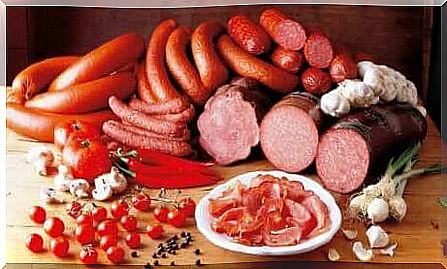
Smoked fish and seafood
This includes smoked fish as well as seafood. For example, salmon, trout, white fish, cod, tuna or mackerel.
Recommendations for groups at risk:
- Do not consume refrigerated seafood or smoked fish, unless they are canned, non-perishable, or cooked in a stew.
Good food hygiene measures are fundamental to preventing the contraction of foodborne illnesses.
